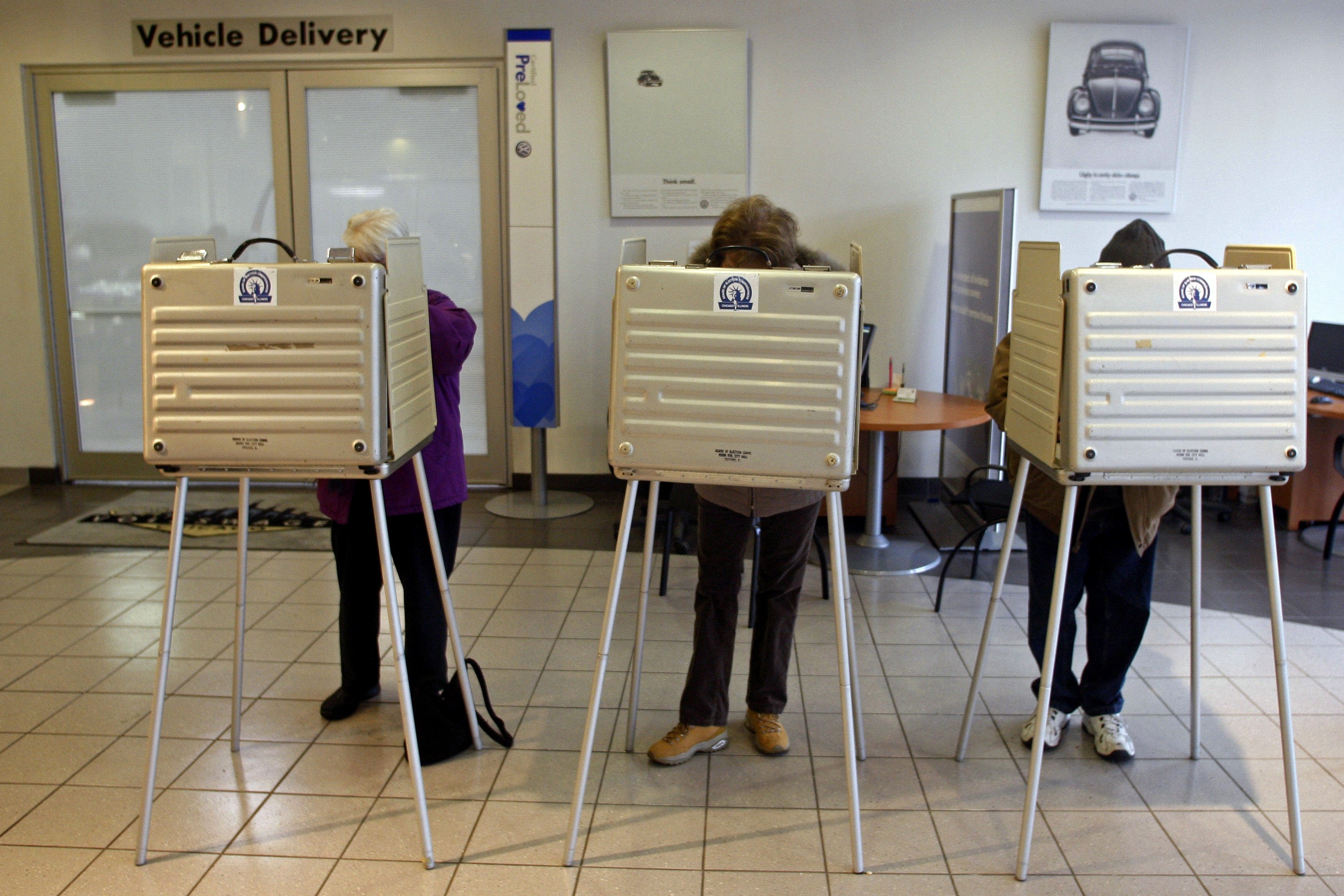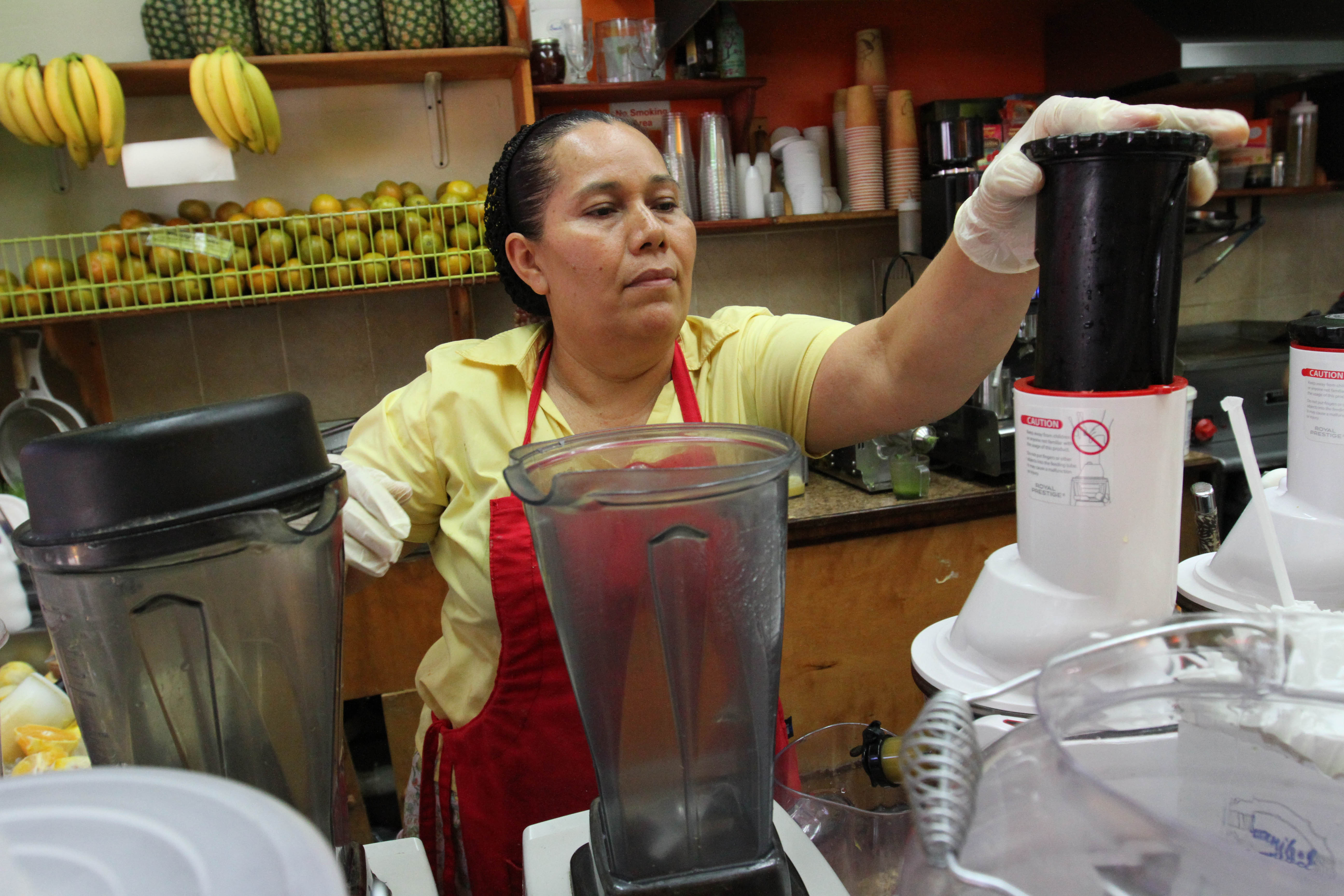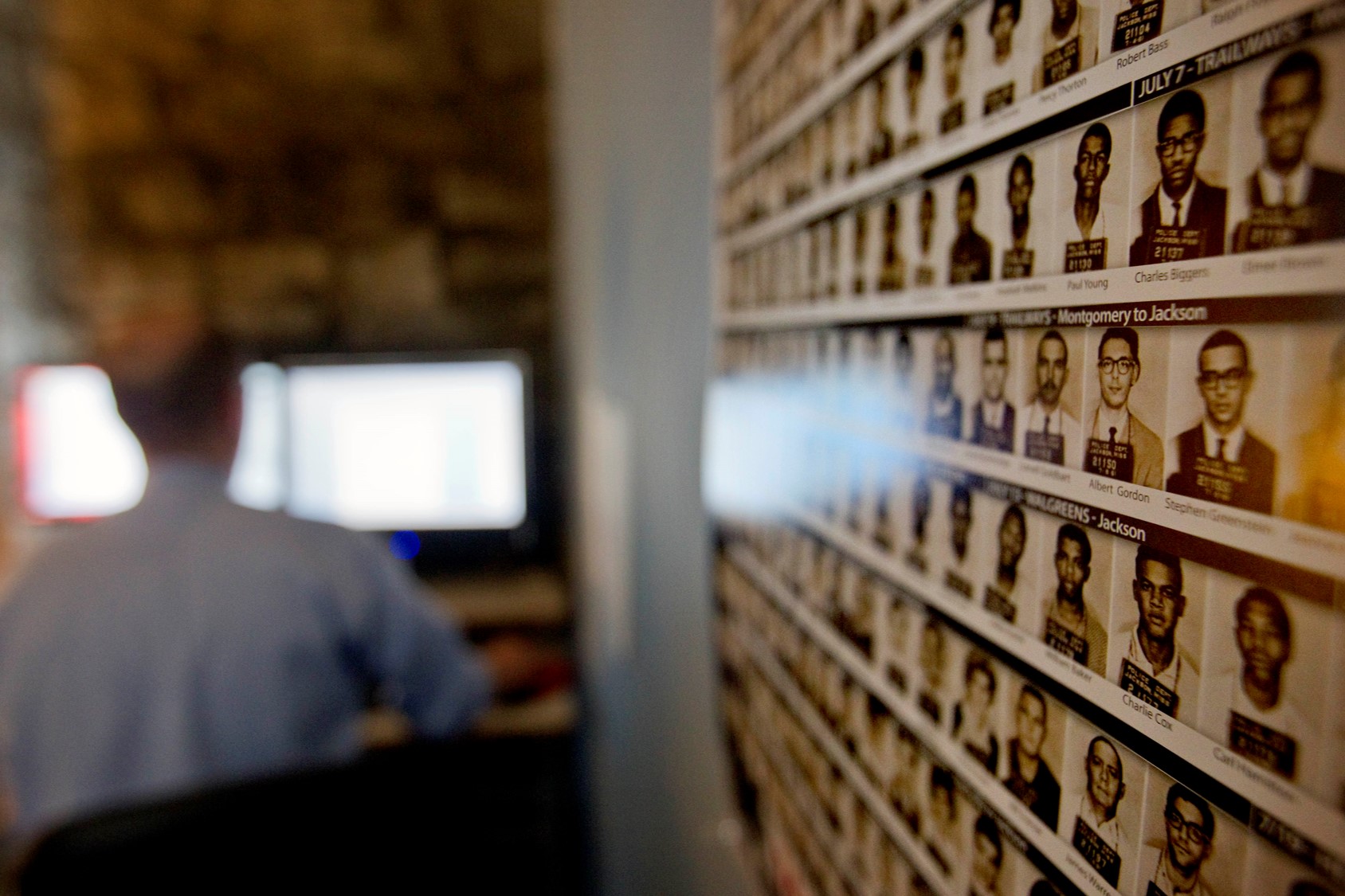Today is Super Tuesday, the day that voters and caucus-goers in 14 states will make influential decisions—decisions that may determine which names appear on the presidential ballot this November and, importantly, which policy proposals are added to the national agenda.
As people in these key states head to the polls, they should take a hard look at the candidates’ plans to reduce poverty and increase economic opportunity for all Americans. As of 2014, nearly one in seven Americans lived below the official poverty level—roughly $24,000 a year for a family of four. The fact that 46.7 million Americans—including 15.5 million children—lived in poverty should come as no surprise, as rising inequality and stagnant wages continue to drive a wedge between poverty and prosperity. At the same time, the costs associated with key elements of economic security—such as child care, higher education, health care, housing, and retirement—rose by more than $10,000 between 2000 and 2012.
But this national picture masks tremendous disparities between the states. Today, families face vastly different chances of escaping poverty and moving up the income ladder depending on where they live. Children growing up in Alabama are more than twice as likely to be poor as children in Wyoming. In Massachusetts, well over half of young adults have been able to access higher education, compared to less than one in three in Arkansas.
Get TalkPoverty In Your Inbox
If there is one lesson from states’ wildly different track records of reducing poverty and increasing opportunity, it’s this: policy matters.
With Congress in constant gridlock, state policymakers have stepped in to fill this legislative void, introducing a slew of recent policies—some innovative and commendable, others regressive and harmful—that affect struggling families in their states. Presidential candidates—and the voters who are deciding among them today—need look no further than our nation’s so-called “laboratories of democracy” for examples of both positive and preposterous policies.
In the new State of the States report, the Center for American Progress ranks states’ success in reducing poverty and improving opportunity, and highlights the good, the bad, and the ugly of policymakers’ recent decisions. For example, Texas voters face an uninsured rate that is more than five times that of Massachusetts. The Lone Star State ranks dead last in healthcare coverage, and is home to 20 of the country’s 30 worst counties in terms of health insurance coverage. Unsurprisingly, the state has the second-highest health insurance premiums in the country, as well as one of the highest teen birth rates. Yet Texas lawmakers continue their crusade against access to health care for residents by refusing to expand Medicaid, and imposing restrictive rules on healthcare providers that severely limit access to family planning services—particularly among low-income women.
Healthcare isn’t the only basic need that families struggle to meet today. Putting food on the table is all too often difficult for lower-income families—in some states more so than others. Nationwide, about 14 percent of households were food insecure between 2012 and 2014, meaning that they struggled to provide enough food for economic reasons. Three Super Tuesday states—Tennessee, Texas and Oklahoma—ranked among the bottom ten for food security. While the Supplemental Nutrition Assistance Program (SNAP) is designed to alleviate some of the economic stress brought on by food insecurity for lower-income families, some state lawmakers have erected barriers to this national program’s vital assistance. In 2014, eight states—including Texas, Ohio, and Kansas—reinstated harsh work requirements for nondisabled low-income adults, many of who struggle to find jobs in an unforgiving labor market.
Not all states have fallen behind the curve—some states have been pushing strong progressive ideas. That means candidates can turn to multiple states for innovative policy ideas that will improve opportunity and reduce poverty. For example, Minnesota was one of fifteen states to pass a minimum wage increase in 2014. Raising the minimum wage leads to higher earnings and reduced poverty rates among working families, without negatively impacting employment.
States have also taken the reins on paid family leave and medical leave in recent years. Decades after women began to enter the workforce in large numbers, they are still more likely than men to bear the brunt of caregiving responsibilities. Consequently, women are also more likely to experience a reduction in work hours or a disruption in work history, or to leave the paid labor force altogether—factors that explain about 10 percent of the gender wage gap. But states like Rhode Island have taken steps to mitigate this by enacting paid leave policies, which research shows will increase labor force participation and raise wages among women after childbirth.
Presidential candidates and Super Tuesday voters alike need only look to certain states for policies that strengthen American families and help them get ahead. At the same time, voters should hold their state’s policymakers accountable for decisions that damage families’ economic security and make sure presidential candidates learn from the states’ policies—the good, the bad, and the ugly.











